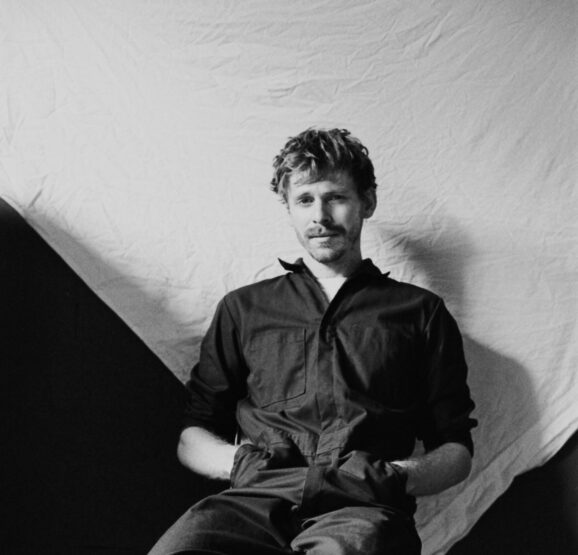Roll camera…
Screen Test: Most people are unaware that on the initial release of London Calling, The Clash’s landmark double album, their hit single, arguably the most commercial piece of old school ear candy the band would ever record, wasn’t even listed on the sleeve. Train in Vain appeared as a hidden track, the last song on side 4, kicking in after Revolution Rock, and solidified the legendary status of the album and the band. The gesture also spoke volumes about the post-punk quartet’s confidence that a) they could record a cool, timeless track, and b) they didn’t need to shove the product down the consumer’s throat by highlighting its appearance with even a slight mention on the sleeve.
Opening Credit…(cue Albany’s Seven Below>Ghost)
To my talented, tireless, and terrific friend and editor Scott Bernstein who graciously agreed to an idea, which was merely an unknown area that sounded vaguely interesting. Luckily, Scotty’s faith created a mission to dig underneath the pile to find some pearls.
Of course, it didn’t always work. But, hell, don’t blame Scotty. He only asked one thing. And to his credit, he hasn’t brought it up since: “Turn in the work before it is due to run.” That proved difficult. Like some writers, especially a music writer (writing about music? Really? Music?), I wait for the moment of epiphany to arrive. But, Jesus wept, it seems to arrive at the last minute. Shit, man—I’ve had some “last minute moments” that were horrible. Try writing an important piece, stuck in a media trailer, while Kanye West is going on late, I mean LATE, playing like Zeppelin in Your Living Room LOUD, and you don’t have a single clue what you are writing about. That’s been my daily existence for the past several years. Yeah, but those lost moments pass; foolishly, one utters: onwards!

THAT idea…and the eccentric columns that followed, searching, always searching for buried gems made me realize that I was often writing about films that people may have already seen if they were a) cool, b) strange, c) led rock star hours, d) had really shite taste, or e) all of the above, but I thought there may be some hidden truth that needed to be pondered on the edge of its celluloid existence. You know…so it can give us a wee bit of wisdom, or make a mark on our collective questioning existentialist group soul as all of that somehow paved the way to keep moving forward with this thing because we don’t know fuck all where we are going, do we? Yeah, we do this time as the Royal We knock on the door of the 50th edition, and enter within its long and dark chambers, awaiting the good word on what we have found in our search for lost cinematic treasures in our special anniversary of Hidden Flick. Suffice to say, it required patience through quite a bit of improvising before one got to that sweet spot. And for that, I dedicate this to Scotty.
Let it roll…
Flash 1: What do Jerry Garcia, Martin Scorsese, Francis Ford Coppola, Luis Bunuel and Neil Gaiman have in common? Well, they all in some way are connected with a film made by a Polish director set in the Spanish Inquisition about the surreal adventures of a soldier who has found an ancient manuscript during the Napoleonic Wars. Oh, and the film was based upon a novel written in Spanish by a legendary Polish writer and adventurer, Count Jan Potocki at the turn of the 19th century—crazed mystics help to narrate the sweet wreckage drenched in ghost stories, bent royalty, and seductively demonic women. The film by Wojciech Has is The Saragossa Manuscript and it is a wild jaunt through incredible scenes of such mind-blowing cleverness that one is drawn deeper down the rabbit hole into a rich maze of tales within a tale within an overall twisted myth.
READ ON for more greatest hits from the first 49 columns…


















